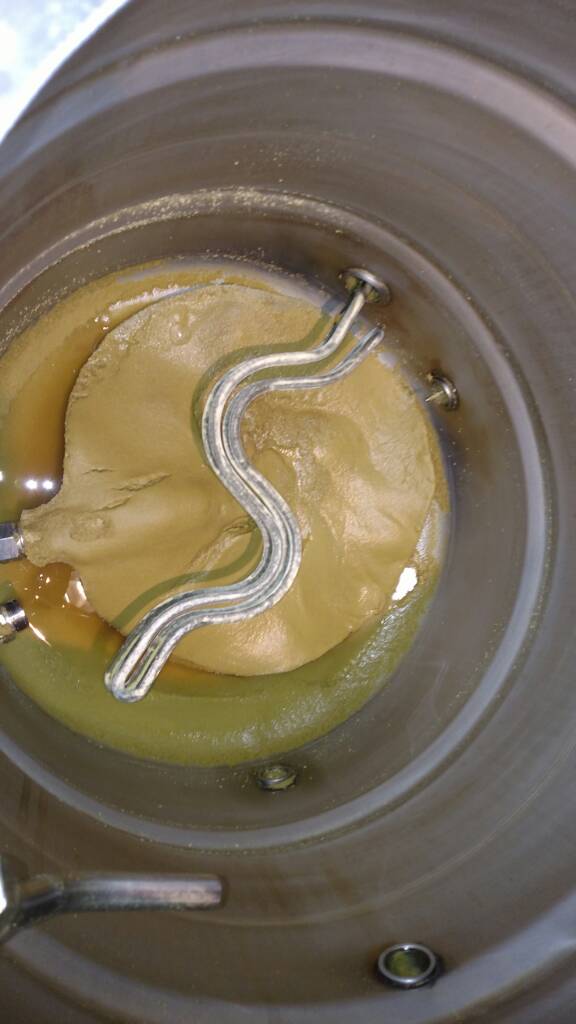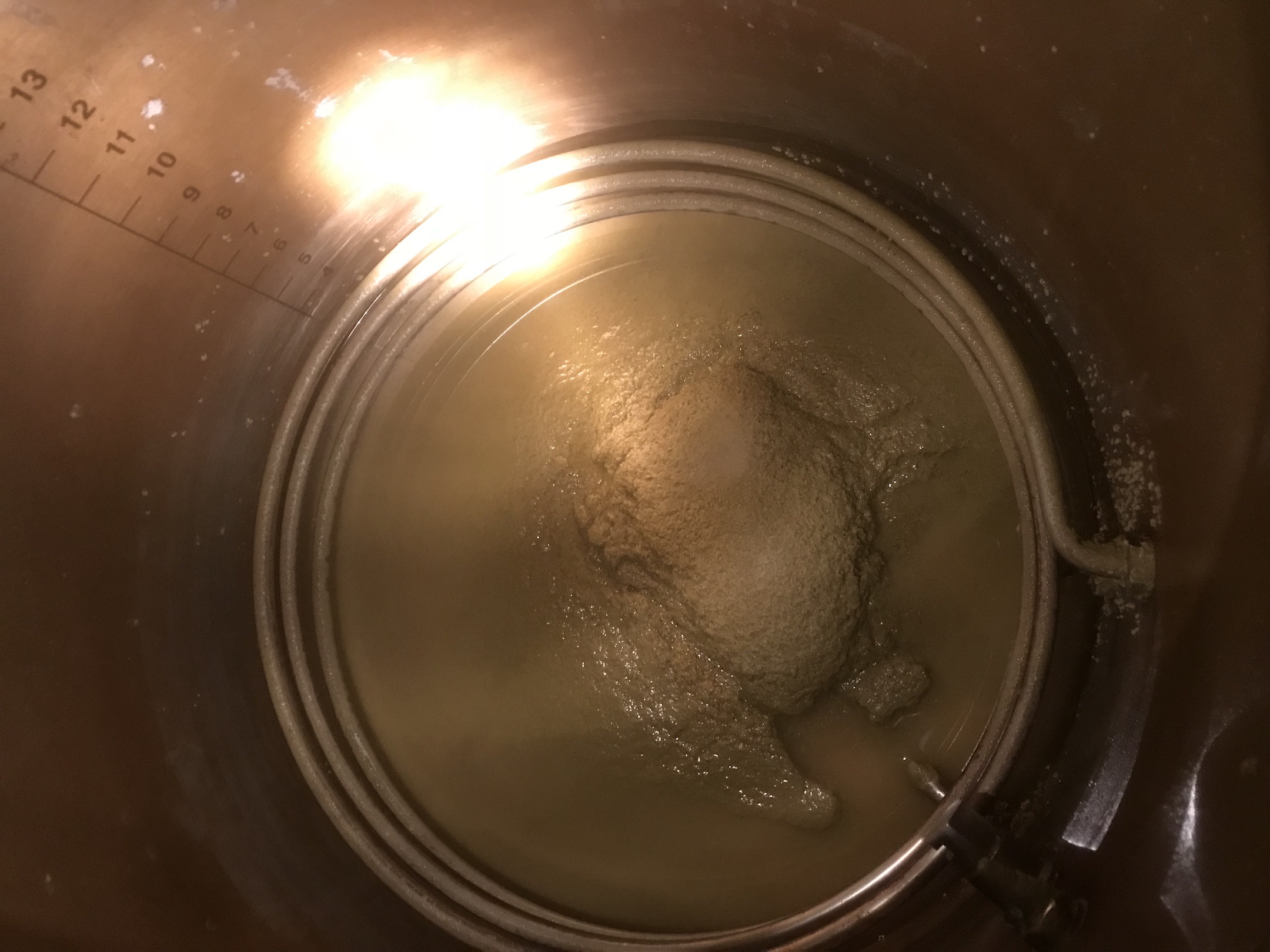milldoggy
Well-Known Member
With this style, I feel like the minimum amount of trub/wort I leave behind when doing a straight transfer to fermenter with an auto-siphon is around 2G-2.5G from a 6.5G post boil volume. I'm getting a lot of hop material transferring by the time I get down to 2G remaining. If I want 6G in the fermenter, I’d have to go up to 8G post-boil batch size doing this, which pushes the limits volume-wise on my 10 G kettle. Not to mention the 30% increase in hops (this is the bigger cost) and grain going this route.
To get around this, I’ve tried filtering through a wide strainer fitting over a giant 15” funnel or through a paint strainer bag on the output of the transfer hose. Both of these clog, but with the strainer bag I can generally get all but a gallon or so. But this is messy and time consuming.
In my head, what I think might work well is something like a giant French-press for my kettle (if someone like Arbor Fab could make one). Then I could use pressure to push all the hops down past a certain level and transfer only the clear wort over.
Is this real? How does it work?

This is a 28x28 mesh around my dip tube(around 600 micron). I have use 12 ozs in the boil. You need a pump and slow flow near the end. I typically use this with a hop spider, but not always. Arbor fab just made me a 500 micron 10.5x 15.5 spider to replace my homemade 600 micron 8" one, can't wait to try it.






























![Craft A Brew - Safale BE-256 Yeast - Fermentis - Belgian Ale Dry Yeast - For Belgian & Strong Ales - Ingredients for Home Brewing - Beer Making Supplies - [3 Pack]](https://m.media-amazon.com/images/I/51bcKEwQmWL._SL500_.jpg)











